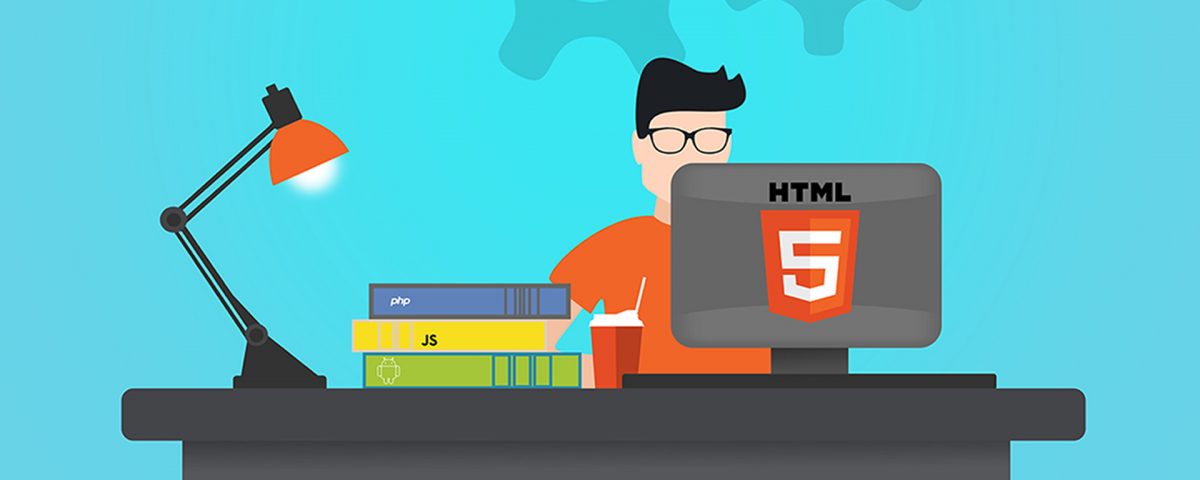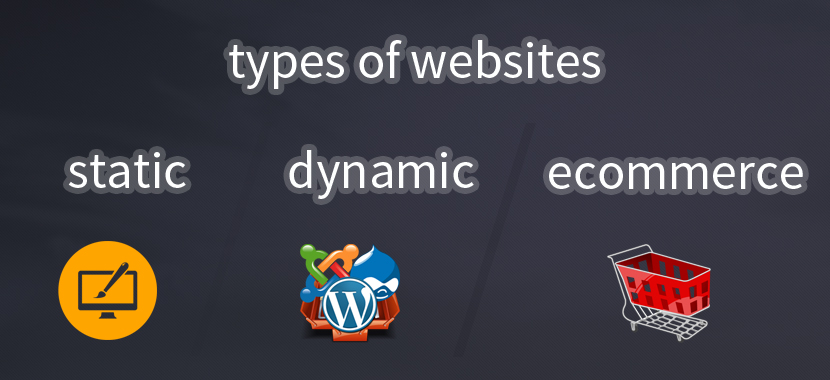
macOS Ventura
1st November 2022
What is AWS Amplify?
7th November 2022HTML5 is the current version of HTML, which is used to create web pages. HTML5 has some essential features which every web designer or front developer should learn to crack interview questions or work on big projects. Here are the main features, which is following:
1. Geolocation: First, the Geolocation feature is an essential feature of HTML5 used in many big websites such as Ola, Uber, Swiggy, Zomato, etc. Geolocation is used to get the longitude and latitude of the current position. By getting longitude and latitude, we can quickly get the address of this number by using the Google Maps API service.
Example: In Ola Cabs, we see an input to enter an address or select a current position. If we don’t know the address, we select the current position Ola to get our current location. How does this happen? This happens because of the geolocation feature.
So whenever you want to use a location-related service in your project, you will have to use the geolocation service of HTML5 with Google Map API Service.
2. Web Storage: Second, the Web storage feature is a handy feature of HTML5, which is used to store data in the browser. Web Storage is categorized into two categories:
1. Session Storage: Session Storage is used to store data in the browser temporarily. This type of storage is used when we have to use data for the short term. Session storage data is expired when the browser closes or by default after 14 to 20 minutes. 14 to 20 minutes is the default time of the session.
Example: This type of storage is used in the login form, add to cart, etc.
2.Local Storage: Local Storage is used to store data permanently in the browser. It is like a cookie, but It has more storage than a cookie file. This type of storage is mainly used for digital marketing purposes or to track user activity on the browser or particular design. Like how many buttons click which page has most seen etc.
This storage technique is useful to save your hosting space from unwanted data.
3.Drag & Drop: Third, the Drag & Drop feature is commonly used in many websites and applications such as Whatsapp, Facebook, Gmail. In these applications, we can drag & drop our files to upload or to send.
4.Semantic Tags: Fourth, Semantic Tags are helpful to categorize our web layout. It makes it easy to understand our design, or it is helpful in digital marketing also. There are some following tags :
1. <header>: The header tag is used to create the header part of the website. This tag tells that web designers should design the menu and top header design in a header tag.
2. <footer>: Footer tag is used to design the lower part of the design, which is called footer.
3. <nav> : Nav tag is used to wrap menu elements in it. We can say that it is used to design navigation menus.
4.<aside>: Aside tag is used to design the sidebar.
5.<section>: Section tag is used to create website sections after header or before footer tag.
6.<figure>: The figure tag is used to contain the img tag.
5.New form inputs and Validation: Fifth, HTML5 provides some new form inputs such as password input, date input, time input, and basic form validation like required fields, limit number character in the text input, and range in number input.
6. Canvas & SVG: Sixth, HTML5 provides canvas and SVG features which are advanced. Canvas is used to create custom shapes in HTML, and SVG is used for icons and images.





